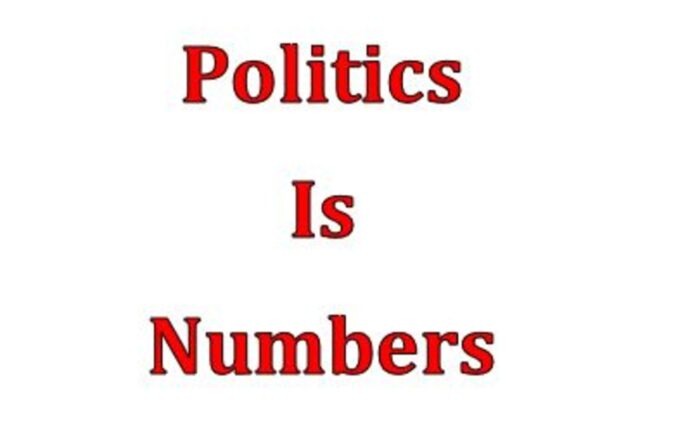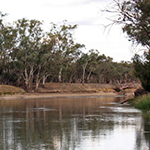Politics Is Numbers

South/West NSW & Northern Victoria
Email: admin@trs.id.au
Website: theriverinastate.com.au
Youtube, Rumble, Bitchute: The Riverina State
Facebook, Gab: The Riverina State
Telegram: The Riverina State
Twitter: TheRiverina
Instagram: theriverinastate
A Riverina State will have authority over the water, timber, and all other natural resources within its area.
This state will ensure that natural resources are used in the manner most beneficial to the people in The Riverina.
Government by people in The Riverina will ensure that all governance is most beneficial for these people.
The Riverina
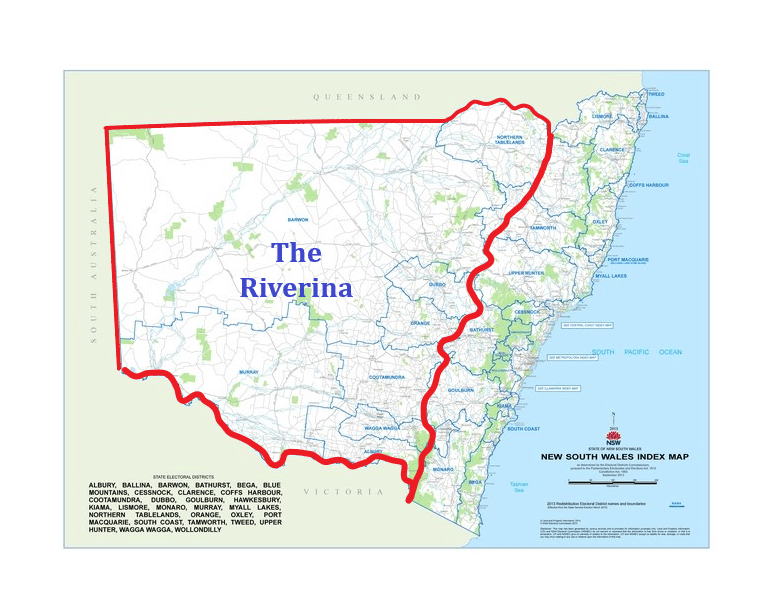
The Riverina is generally the eight electorates west of The Great Dividing Range, including water management infrastructure such as Hume, Burrinjuck and Blowering Dams, and the Murray River.
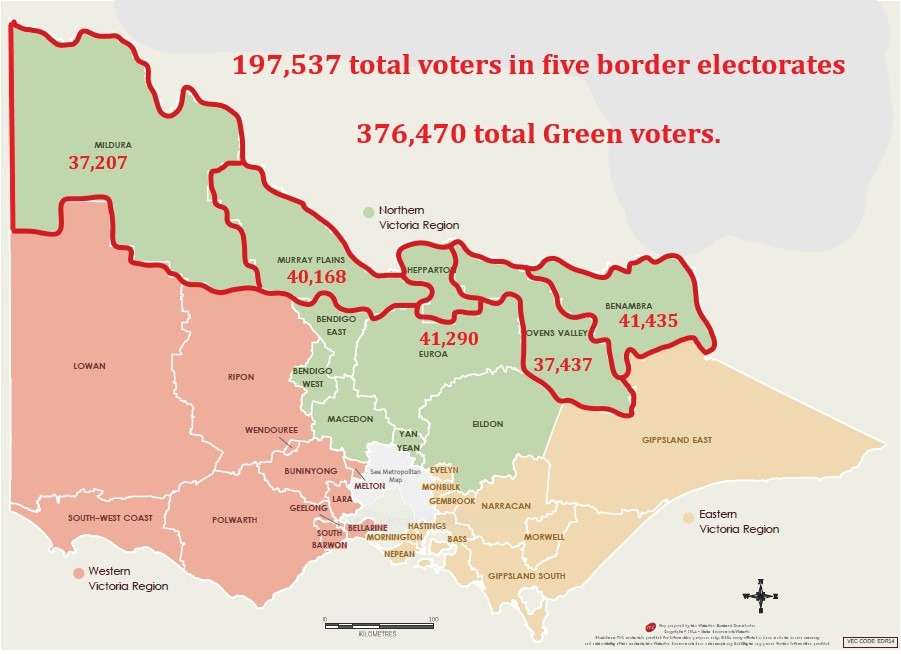
And the northern areas of Victoria, including Lake Eildon.
Politics can be summarized in one short statement:
Politics Is Numbers
If you have the numbers, you will succeed.
If you haven’t got the numbers, you will fail.
Concentration of Electorates
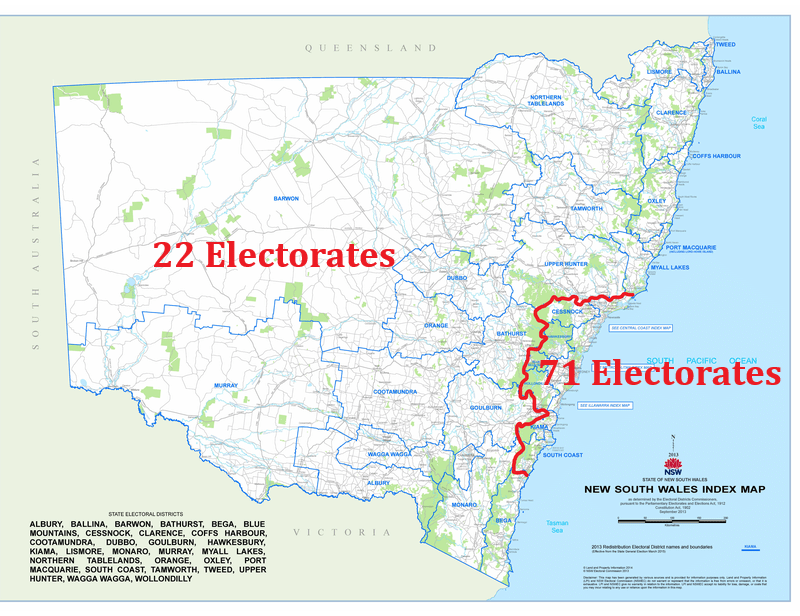
This map of the state electorates of N.S.W. displays the concentration of electorates and politicians in the Newcastle, Sydney, and Wollongong areas. The Victorian map displays the concentration of electorates in the Melbourne and Port Phillip area.
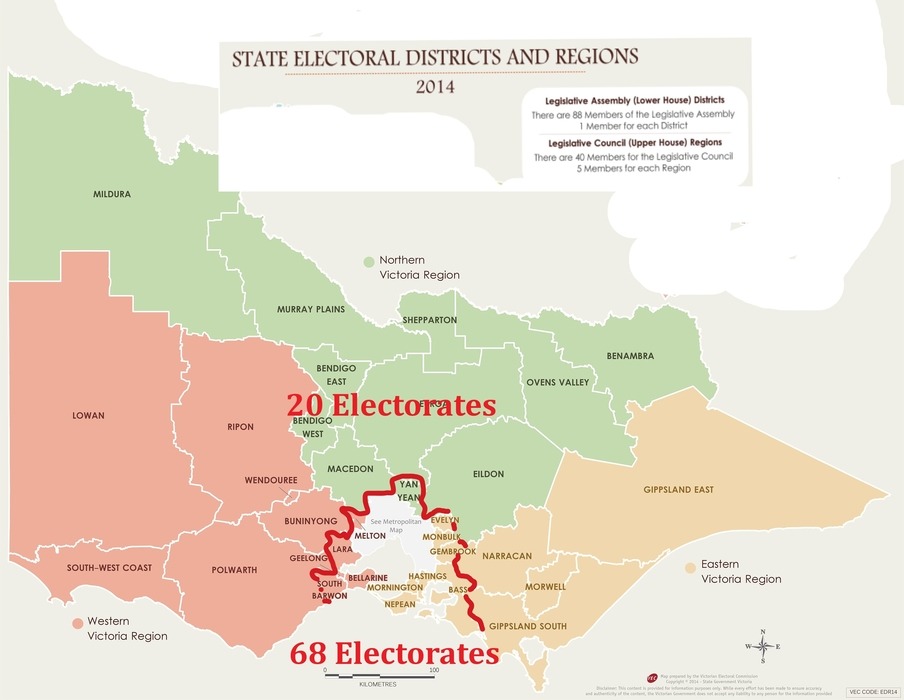
This is immediately concerning.
The situation is worse than it initially appears.
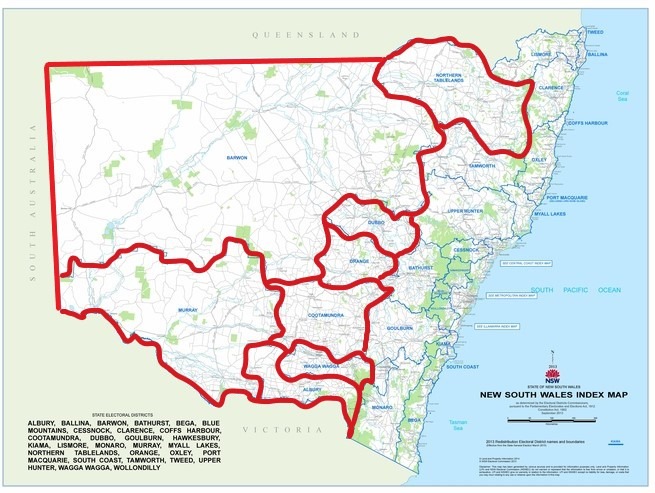
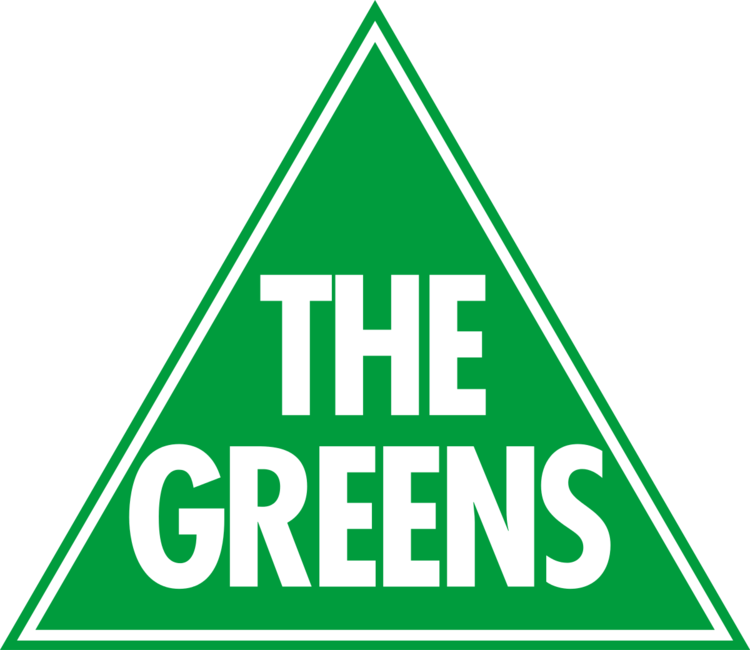
In the 2019 N.S.W. State election, 435,400 people voted for The Greens, the vast majority of these located in the Metropolitan and North Coast areas. There are only 398,000 voters in the eight electorates west of The Great Dividing Range.
There are more Green voters in N.S.W. opposed to the irrigation, timber, and other natural resource-based industries than there are voters west of The Great Dividing Range.
The number of people who vote for The Greens in N.S.W. and other sympathetic voters, ensures that natural resource-based industries will be subject to continually increasing restrictions and prohibitions.
And as bad in Victoria
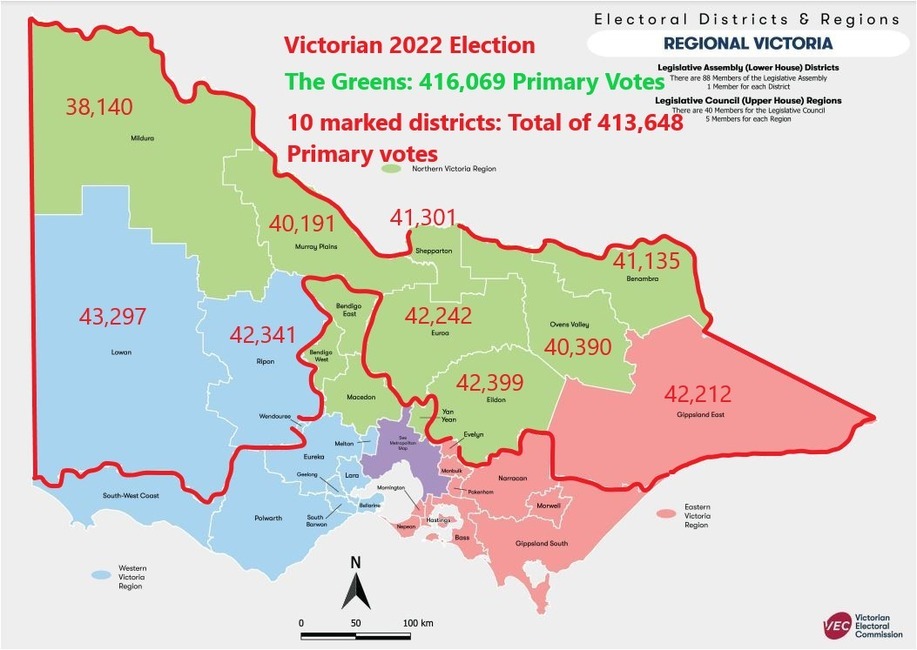
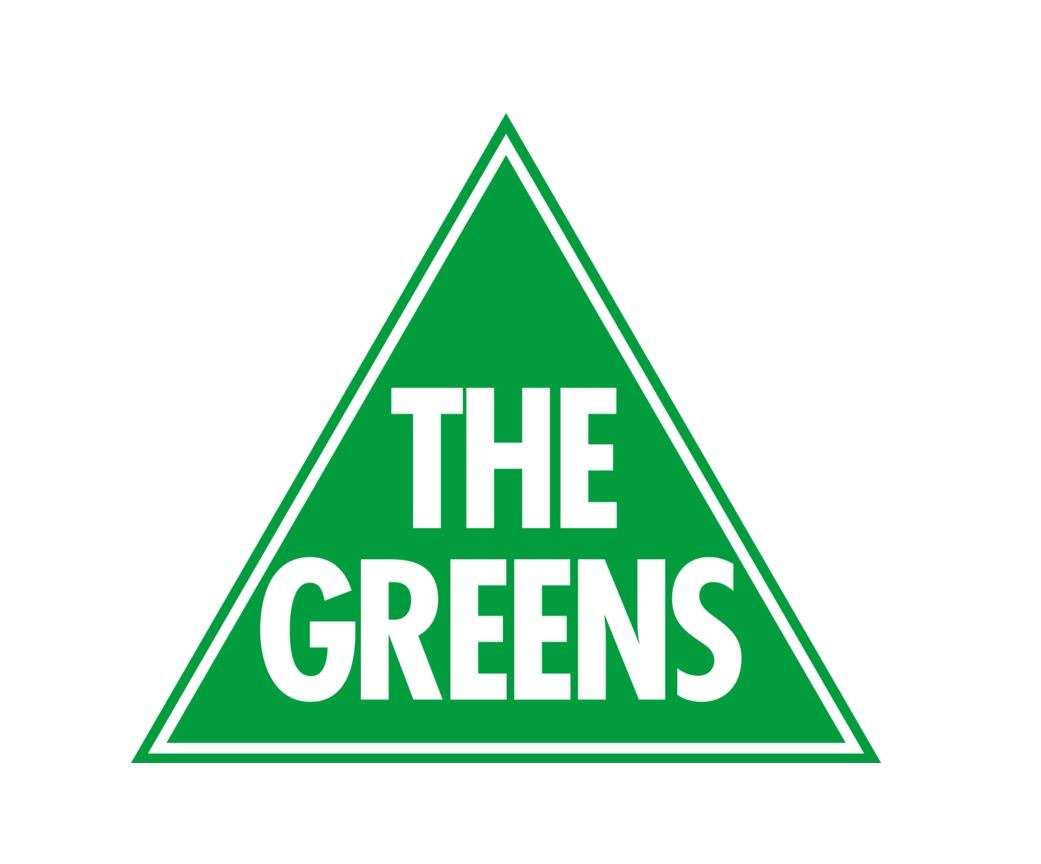
In the 2022 Victorian State election, 416,069 people voted for The Greens, the vast majority of these located in the metropolitan area. There are only 413,648 voters in the ten marked electorates.
There are more Green voters in Victoria opposed to the irrigation, timber, and other natural resource-based industries than there are voters in the ten electorates containing most of these industries.
The situation gets worse in N.S.W.
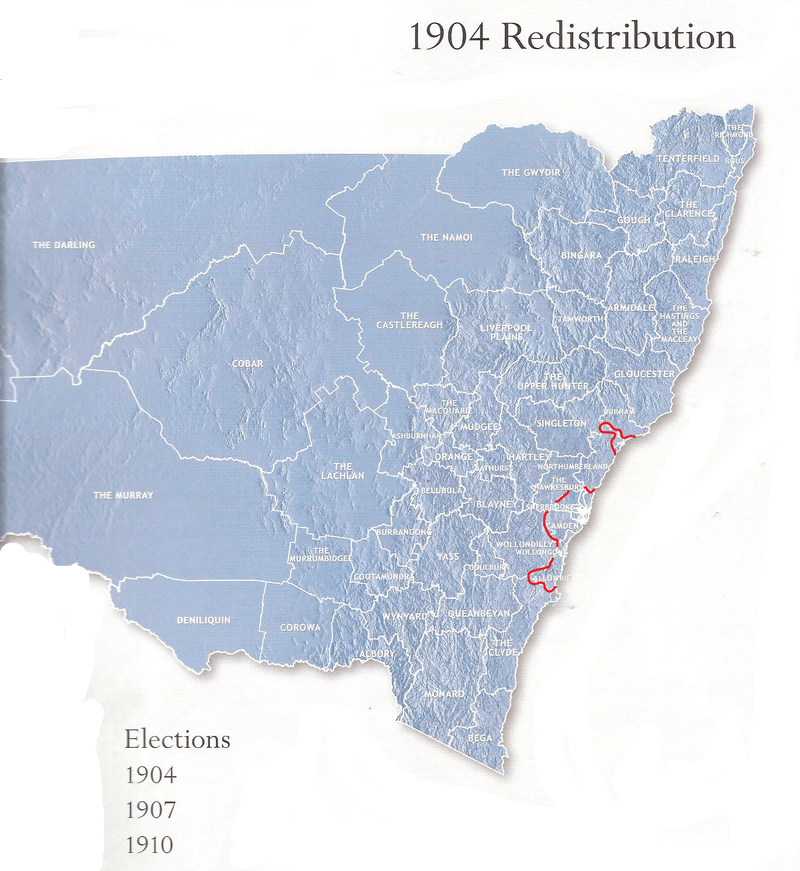
Electorates in N.S.W. are limited to a total of 93 and are based on equal population (within 5% of the average).
As population growth has been greater in metropolitan areas, since 1904, on average, one country electorate has transferred to the Newcastle, Sydney, or Wollongong areas every five years.
The country areas of N.S.W. are continually declining in the quantity of representation in the N.S.W. Parliament.
And even worse in Victoria
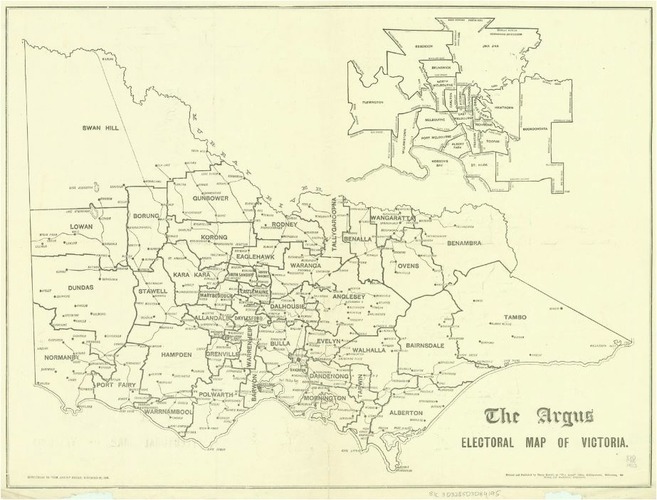
Electorates in Victoria are set at 88 and are based on equal population (within 10% of the average).
Since 1904, 25 electorates (and Members of Parliament) have gone from the country to the city.
Further, between 1955-1985, an additional 20 electorates have been added, all in the Melbourne and Port Phillip area.
Country Victoria has effectively lost one electorate and consequent Member of Parliament every 3 years.
The Australian Constitution
The formation of new states has been provided for in the Australian Constitution.
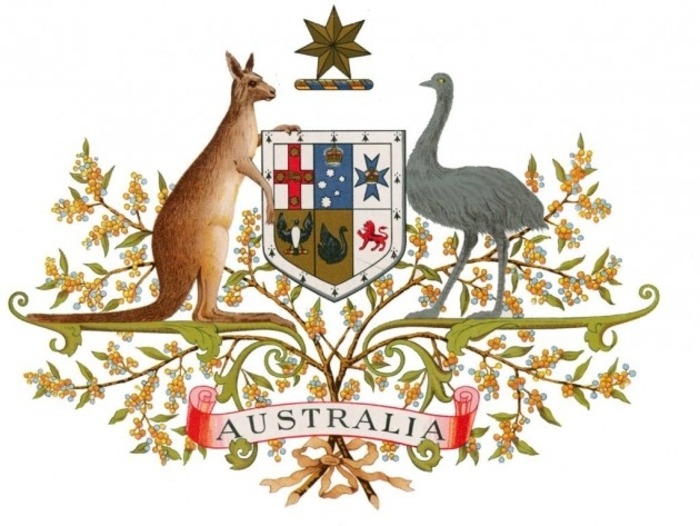
Australian Constitution
SECTION 124. Formation of new States
A new State may be formed by separation of territory from a State, but only with the consent of the Parliament thereof, and a new State may be formed by the union of two or more States or parts of States, but only with the consent of the Parliaments of the States affected.
*
A successful referendum of the people in The Riverina, and of northern Victoria, to form a Riverina State will compel the Parliaments of N.S.W. and Victoria to consent to the formation of The Riverina State.
Objective
Ultimate Objective:
Form The Riverina into a State of the Commonwealth of Australia.
Preceding Requirement:
Gain the consent of the N.S.W and Victorian Parliaments to form The Riverina State.
Preceding Activities:
Conduct State agreed referendums of the People in The Riverina and northern Victoria on whether to form The Riverina State.
Standing and endorsing supporting candidates in State and Federal elections.
The fatal flaw in N.S.W should not be reproduced in The Riverina
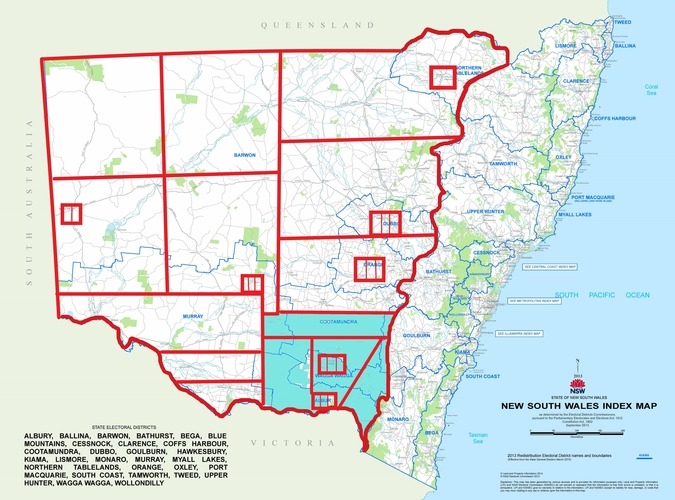
The People in The Riverina should ensure that they do not recreate the problem of political domination by the people from one small area as in N.S.W.
A solution is to have area limits on electorates.
This map is an example of electorates limited to no more than 10% of the area of The Riverina, with additional electorates for every 10,000 voters, limited to no more than ten electorates in ten percent of the area of the state (the area marked in blue).
This example will ensure that while a highly populated area of the state may evolve, the people in less densely populated areas will still retain effective representation in Parliament. The population from the more densely populated area will have increased representation but will be prevented from overwhelmingly dominating the rest of the State.
Promoting the formation of The Riverina State among the Riverina population.
Whatever other activities will assist State formation.
Additional proposals to ensure the people in all areas of the State are effectively represented in Parliament, and to minimize political corruption.
1) The Premier elected by the people rather than by the majority faction of the Legislative Assembly.
This will ensure the Premier is subject and servant of the people, and not of the Members of Legislature.
2) Votes for the Premier be cast by the People per electorate i.e. each electorate casts one preferential vote for the Premier.
This will ensure that to be elected, candidates will need to appeal to the people in all areas of the State, and not merely the people in the most populous area. This will ensure that all people in all areas are considered more equally by the Premier.
3) Term limits on political office.
It is inevitable that the insulation of political office from the difficulties of the people, and self-interest, will ensure that the Premier and the Members of the Legislature’s ability to govern for the benefit of the people will be increasingly diminished. The people will be better served if the Premier and Members of the Legislature are limited to a maximum of eight years in Office, and then stand aside to ensure a more capable Premier and Member emerges.
4) The Premier governing separately from the Legislature.
This will remove the Premier from being subject to probable scheming, and the manifold opportunities for corrupt interaction, with the Members of the Legislature, while still being subject to publicly observable law and finance formed by the Members

